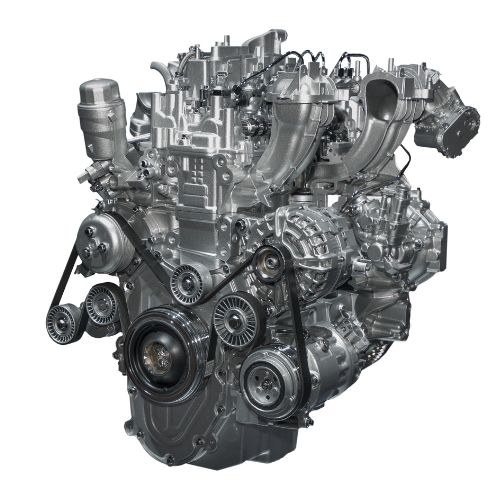BMW B48 Engine
Large Network Of Engine Suppliers
Compare Quotes
Save Money
Save Time
BMW B48 Engine For Sale
It is a 2-liter 4- cylinder engine that, at least initially, simply runs alongside the equivalent N20 unit, and then gradually replaces it. The B48 engine becomes part of a larger family of new modular engines, which also includes 3 and 6-cylinder units, both petrol and diesel, all united by the fact that they have a large number of components in common, so to reduce production costs. For example, just to mention the most remarkable aspect, both the B48 engine and the other engines have the same unit displacement, equal to 498.8 cm³. The only exception is the cheaper variant of the three-cylinder petrol engine, with 1.2 liters of displacement. It is also interesting that the engine B48 is adaptable to any schema supercharging by the turbocharger. And so, a normal, twin-scroll, twin- turbo or tri-turbo turbocharger can be mounted on this engine without major adjustments. The turbocharger can also be of the fixed or variable geometry type.
Best Engine Replacement Procedure
- Swap the engine’s oil, fuel and oil filters, and coolant.
- Install new engine and external coolers if existing.
- Cleanse the cooling system thoroughly, then replace the water pump.
- Renew necessary hoses and belts.
- Install a new timing belt, spark plugs, and wires.
- Replace essential gaskets and seals, focusing on the oil pan, front, and rear main seals.
- Clear the vehicle’s computer codes before engine installation.
- Ensure the replacement engine matches the original specifications.
- Transfer exhaust manifolds, mounts, distributor, and sensors from the old engine.
- Disable fuel and ignition before ignition to prime the oil.
- Ensure no plugs or tape remain on the engine before installation.
7 Common Mistakes to AVOID!
- Not resetting the vehicle’s computer codes before installation.
- Skipping the step of adding engine oil before the first startup.
- Forgetting to deactivate the fuel and ignition systems, essential for priming the oil.
- Ignoring the replacement of the oil cooler or the radiator’s integrated oil cooler.
- Overlooking the cleaning of the radiator and checking the operation of the cooling fans.
- Not swapping out the flywheel and its securing bolts.
- Trying to initiate the engine’s first run without proper priming.
